Science and technology empowerment. Enter the Suzhou 1OO Hospital
Recently, in order to actively implement the national “eye health Plan” strategy, Suzhou 1OO Hospital has reached a friendly cooperation with Big Vision Medical Technology, and introduced Big Vision’s advanced intelligent ophthalmology equipment “automatic artificial intelligence OCT” to protect the eye health of the military and the people. Suzhou 1OO Hospital is a garden-style general hospital integrating medical treatment, nursing, rehabilitation and health management. Automatic artificial intelligence OCT can provide the hospital with a systematic fundus inspection solution to improve the ability of eye health medical services.
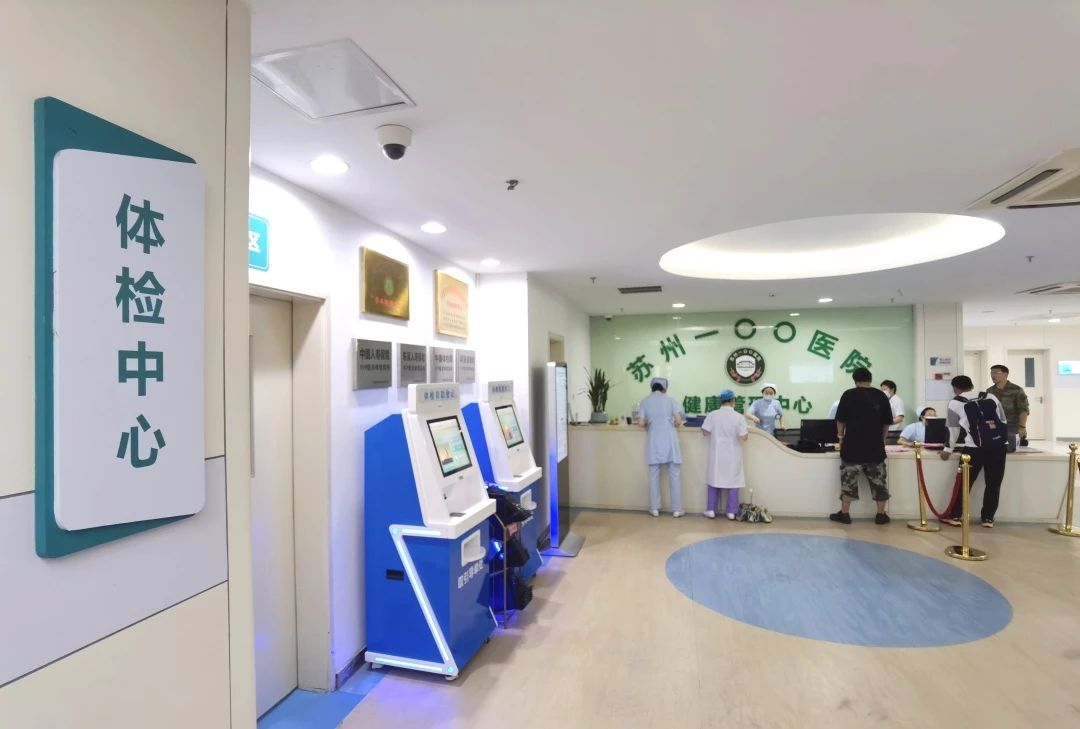
With the advent of the era of all-round well-off, people’s quality of life is becoming higher and higher, and the concept of life is gradually developing in the direction of health management, so more and more people begin to do regular physical examination to prevent problems before they happen.However, for ophthalmic examination, most people still stay in the cognition of checking the degree of vision and whether the vision is blurred, and some even think that this link is optional, thus ignoring the importance of protecting visual health.
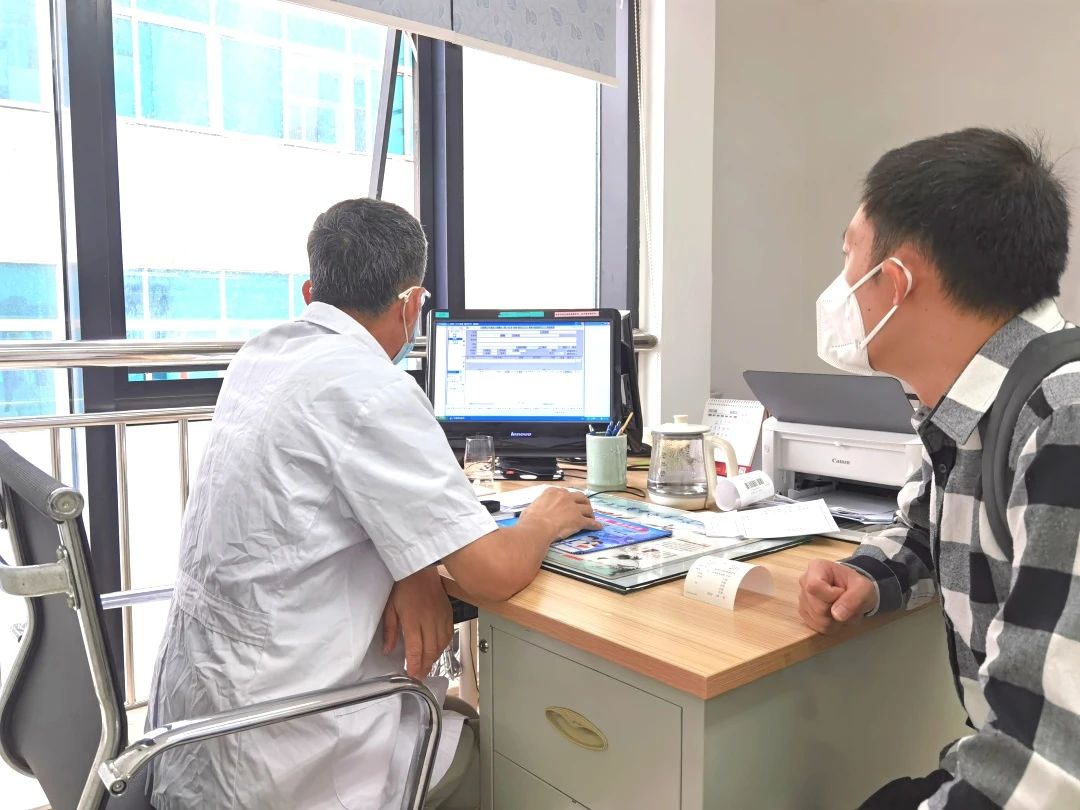
Strong alliance to protect eye health
Suzhou 1OO Hospital inherits the red gene, adheres to the fine tradition of “saving the dead and healing the wounded, serving the military and the people”, and has withstood the test of medical support tasks such as resisting the US and aiding North Korea, self-defense and counter-attack war against Vietnam, foreign peacekeeping, earthquake relief, fighting SARS, treating the wounded of the “8.2” explosion, and aiding Hubei and Shanghai to fight against the novel coronavirus, and won numerous honors. Standing at a new historical starting point, the hospital also actively recognizes that caring for visual health should not only stop at vision examination, but should be based on scientific and professional physical examination procedures, guided by blindness prevention and treatment, establish regular eye examination awareness as the focus, and develop healthy eye habits as the core; So as to achieve the purpose of protecting the public’s visual health.
Through AI intelligent technology, Internet-based software system, big data platform, and sharing high-quality resources, Big Vision comprehensively helps Suzhou 100 Hospital improve its eye care service capability from the aspects of equipment upgrading, medical technology empowerment, brand promotion, etc., and provides greater scientific and technological support for the development of the hospital’s ophthalmology.

Professional preventive AI OCT escort
Studies have shown that the prevalence of eye diseases and visual impairment increases with age, and the elderly are more likely to have vision problems than the young. In China, we should pay attention to six eye diseases that are easy to cause blindness in the middle-aged and elderly, including presbyopia, cataract, age-related macular degeneration, glaucoma, floatation and xerophthalmia. In recent years, with the increase in the frequency of electronic devices use and the incidence of chronic diseases such as diabetes in middle-aged and elderly people, the incidence of eye diseases has been increasing, which seriously affects the quality of life of middle-aged and elderly people.

In order to avoid irreversible damage and even blindness, it is necessary to perform regular fundus examination with OCT to identify the signals of eye disease early. Once fundus abnormalities are found in the physical examination, relevant medical measures can be taken in time to effectively prevent the risk of eye diseases. The Big Vision AI OCT introduced by Suzhou 100 Hospital can provide comprehensive fundus accurate screening for military and civilian, and escort visual health.

Knowledge science disease hazards know early

Age-related macular degeneration (AMD). With the deepening of the aging degree in China, age-related fundus diseases such as age-related macular degeneration have become the main causes of blindness. The prevalence of AMD in people over 50 years old is 15.5%. Because the early symptoms are not obvious, the vast majority of patients do not go to the hospital until the disease has developed to the late stage, missing the best opportunity for treatment.
Diabetic retinopathy (DR). There are more than 100 million diabetic patients in China, and the prevalence of DR In diabetic patients is 24.7%-37.5%. Dr Can cause blindness.
High myopia complicated with fundus lesions. The overall myopia rate of Chinese children and adolescents is 53.6%, and a considerable proportion of them are high myopia. The risk of retinopathy such as retinoschisis and retinal detachment in high myopia patients is significantly higher than that in the general population.
In addition, there are glaucoma nerve fiber layer changes, uveitis macular area lesions, cataract surgery are recommended to do regular fundus examination.
It is recommended that the following people have an OCT fundus examination at least once a year: (1) those with systemic diseases, such as diabetes and hypertension, usually see a doctor once a year or six months for type 2 diabetes, and after two to three years for type 1 diabetes. Diabetes should basically be seen by a doctor regularly if it has been 5 to 10 years, and the same is true for hypertension. ② High myopia, more than 600 degrees of the best to the hospital every year to check the fundus. (3) people over 50 years old. ④ Young adults should have a fundus examination every year.



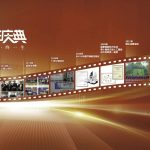
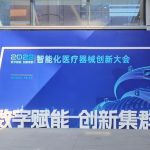
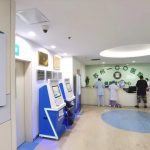




No comments yet.